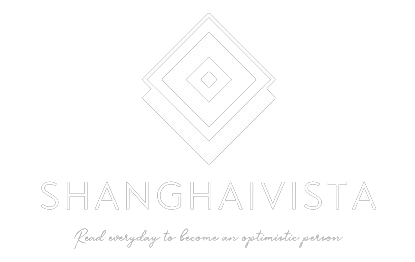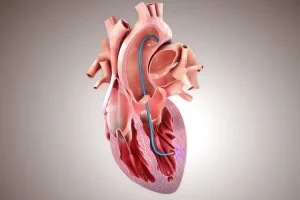Technology had said its words through the innovation and modern invention of machines and any mechanical system today. People have always been amazed about how the technology works and how it amazed everybody, such as how easy the works are done and completed in no time. In comparison to the manual workforce, time makes a difference as well as productivity. There could be works of technology that are impossible to work by human hands. One good example is the work of science that is supported by technology. Can you imagine how a chemical substance would react to UV and how long it takes to absorb it? Only science can explain, and only technology can show reactions to the conclusions.
UV absorption to chemical substance
UV-Vis Spectroscopy is a quantitative technique for measuring the amount of chemical substance absorption to light. It is an advanced tool that is also known as UV-Vis spectrophotometry. UV means Ultraviolet while Vis means visible, which comes up with the term UV-Vis. The measurement procedure refers to reflectance spectroscopy or absorption spectroscopy in part of the UV and full, nearby visible ghastly regions. Meaning, it uses light in the nearby and visible ranges. The UV visible beam with a wavelength that varies between 180 and 1100 nm will pass through a solution. The solution absorbs an amount of light depends on the concentration. The light path length that passed through the cuvette is measured and how the analyte absorbs at a specific wavelength. UV-Vis Spectroscopy technique can be used for any of the following multiple samples:
- Liquids
- Solids
- Thin-films
- Glass
What is spectrophotometry?
Spectrophotometry, a technique used, is a quantitative measurement of the transmission/absorption or reflection of a material as a work of wavelength. The wavelength range used varies from 190 nm – 1,100 nm nearby-infrared. A spectrophotometer is used to carry out the transmission/absorption measurements to determine the concentration or the amount of a known chemical substance through studying the light intensity (number of protons) that reaches the detector.
For the formula:
The more absorption of the material to the light at a specific wavelength, the higher the concentration will occur to the substance. Some applications are used for this measurement technique are:
- Cosmetic industry
- Food & Agriculture
- Life Science
- Material Science
- Microbiology
- Optical Components
- Petrochemistry
- Pharmaceutical Research
- Quality Control
- Traditional Chemistry
Used for systematic drug identification
The measurement technique doesn’t only apply to a single project but more projects. Ultra Violet-Visible Spectroscopy can also be used for pure drug compounds identification. Molecules are contained with chromophores to absorb specific wavelengths of UV or visible light. Normally, UV-VIS and UV are recorded at a low and high pH. The result of both samples is compared with known standards. The UV-VIS is an inexpensive and easy technique allowing good discrimination and sample recovery between the pure compounds without derivitization.























